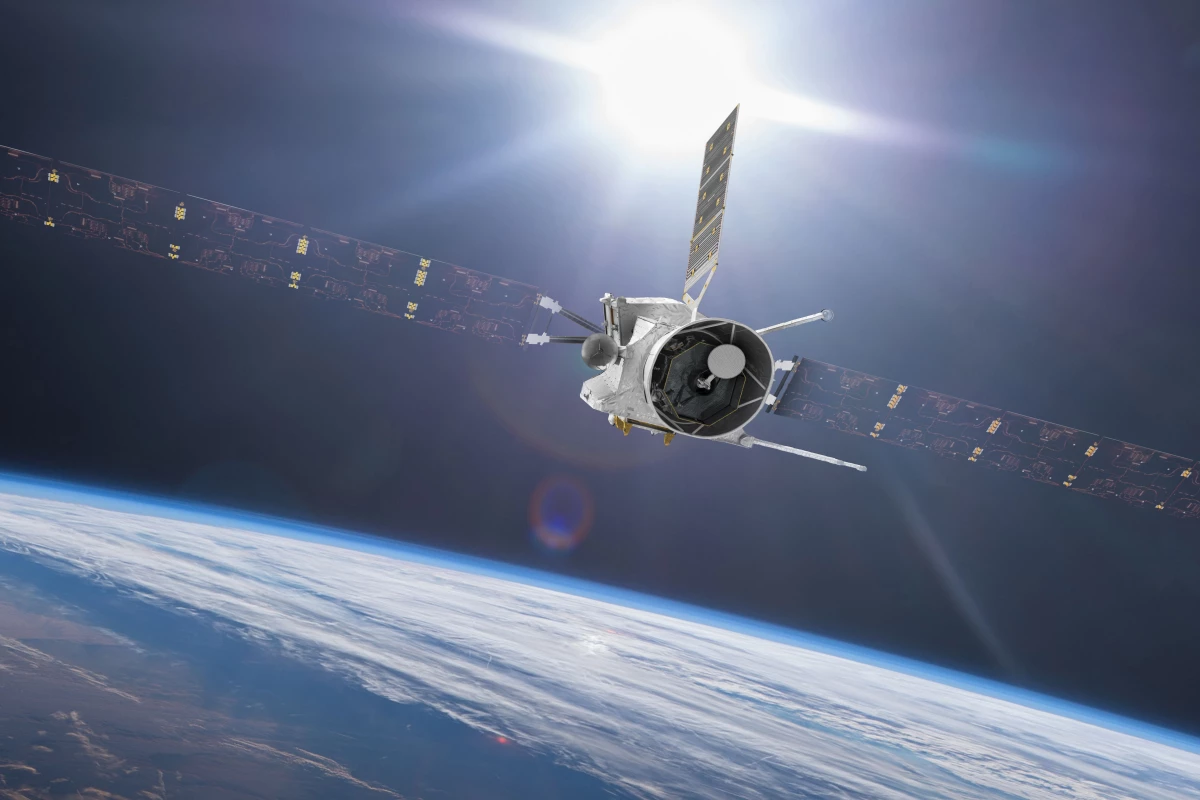This week Earth will be visited by a spacecraft that has traveled 1.4 billion km to get here. But no, it’s not aliens – it’s BepiColombo, a European-Japanese mission that’s just slingshotting around our planet for a gravitational speed boost on its roundabout journey to Mercury.
The spacecraft is a joint mission between European Space Agency (ESA) and the Japanese Aerospace Exploration Agency (JAXA), which was launched back in October 2018 to study Mercury.
But it’s not as simple as just flying straight there. Because the little planet is so close to the Sun, BepiColombo needs to speed up in order to overcome the huge gravitational influences of the star. To do that, the spacecraft has nine planetary flybys scheduled over the next few years to put it on the right track.
And we’re about to witness the first one. BepiColombo will whiz past Earth on April 10, making its closest approach at 04:25 UTC at an altitude of just 12,700 km (7,890 mi). While it won’t be visible with the naked eye, a small telescope or even binoculars should be enough to make it out. It’ll be easiest to see from the southern hemisphere, but some in the southern parts of the northern hemisphere may be able to spot it.
After it zooms away from us once more, BepiColombo will be headed to Venus for the next of its scheduled gravity assist maneuvers. It will complete flybys of that planet twice, in October 2020 and then again in August 2021, before finally making its way to Mercury.
That’s still not the end of the journey though. BepiColombo will make another six flybys of Mercury before it finally settles into orbit. Only then, in early 2026, will its scientific instruments finally begin studying the strange little planet near the heart of the solar system.
Source: ESA




